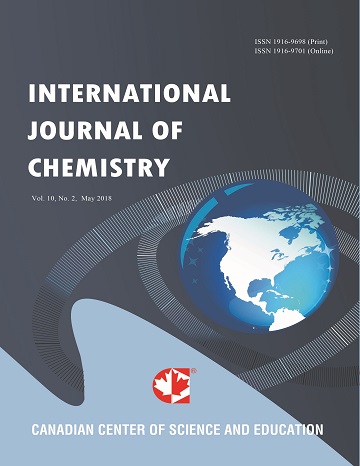DFT Study on the Mechanism of DNA Damage Caused by the Isomerization of DNA Purine Base
- Jun Shao
- Xianjie Lin
Abstract
The mechanism of DNA damage caused by the isomerization of purine base is studied with DFT method at the B3LYP/6-311G** level. Among the three isomers of adenine and eight isomers of guanine, the normal configurations in DNA Watson-Crick base pairs are the most stable isomers. The transition states of all the isomerizations are obtained, and the IRC analyses are performed to identify these transition states further. The isomerizations of purine bases can be classified into two types, the hydrogen transfer between atoms and the hydrogen swing of imino. The former’s transition states include a four-ring, which is coplanar with the purine base backbone. The latter’s transition states involve a three-atom ‘V’ structure of C=N-H, and the plane of C=N-H is perpendicular to that of the purine base backbone. The isomerizations, which result in the normal configuration changes of purine base and bring directly the DNA damage, belong to the hydrogen transfer process, and they are endothermic and thermodynamic non-spontaneous process. The probability of DNA damage caused by the guanine isomerization is larger than that by adenine.
- Full Text:
 PDF
PDF
- DOI:10.5539/ijc.v3n3p44
Index
Contact
- Albert JohnEditorial Assistant
- ijc@ccsenet.org
